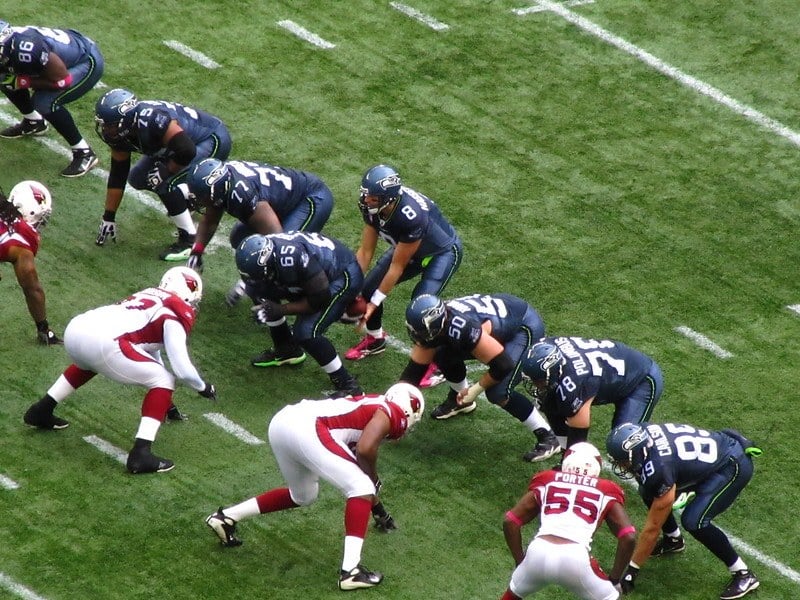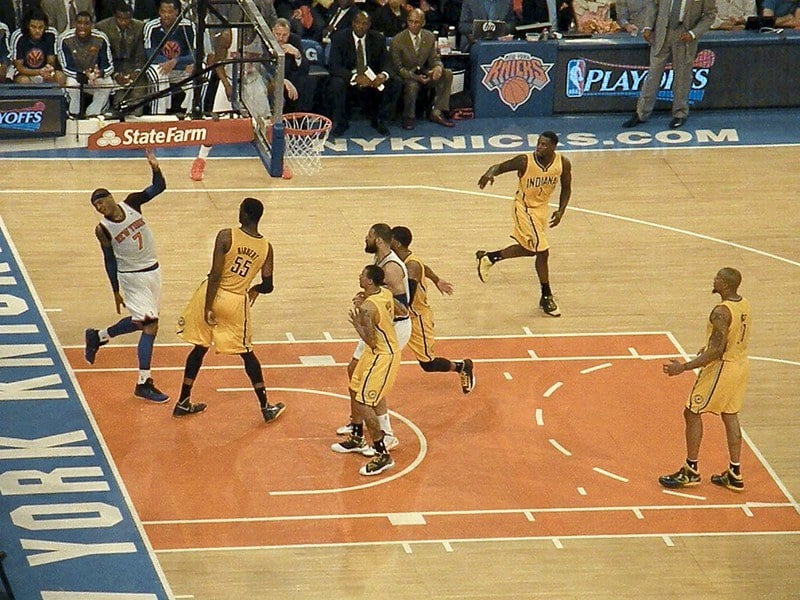Understanding PK Bets in Sports Betting
PK, also known as “pick’em,” is a term that appears in sports betting when oddsmakers believe there’s no meaningful difference between two teams. In such scenarios, sportsbooks set the point spread at zero, meaning neither team is favored. As a result, bettors must simply choose which side they believe will win the event, making PK one of the most straightforward sports wagers available.

What Does PK Stand For in Betting?
A PK (pick’em) bet eliminates the need for any point spread, providing a simple, two-outcome wager: either Team A wins or Team B wins. This type of bet is especially common when sportsbooks and oddsmakers are unable to establish a clear favorite, making both teams equally likely to win according to the odds.
In situations like soccer or football, if the game ends in a draw and you placed a PK bet, the wager results in a push and your original stake is refunded. Don’t confuse this with a moneyline bet, especially in sports like soccer where the moneyline typically offers three possible outcomes: a win for either team or a draw.
How Does PK (Pick’em) Betting Work?
PK bets simplify the betting process to a single decision-backing one team or the other. In American sportsbooks and betting apps, PK options are usually marked clearly in the straight bets or the point spread section, often denoted as “PK,” “+0,” or “-0.” In Asian and some European betting markets, the same concept is referred to as “Draw No Bet” (DNB), particularly for soccer matches.
The PK wager operates on these core principles:
- If your chosen team wins, you receive your stake plus winnings.
- If your team loses, you lose your entire bet.
- If the game ends in a draw or tie, the bet is voided and your stake is returned.
This format ensures all focus is on picking the winning side, without the complication of hedging scores via spreads.
PK Betting in Practice: Sports and Scenarios
PK bets aren’t common, but they do occur across a variety of sports where point spreads are typically used. For instance, in North American football (NFL, college football, CFL), point spread bets dominate, but a pick’em is the rare case where teams are considered so evenly matched that the spread is zero.
Variations also exist in baseball (run line) and ice hockey (puck line), though PK lines most often surface when significant variables-such as injuries, neutral venues, or home/away considerations-create uncertainty about which team should be favored.

Image credit: Matt McGee/Flickr, CC BY-ND 2.0
A classic example is Super Bowl XLIX, where the New England Patriots faced the Seattle Seahawks. Bookmakers judged the teams so evenly that neither was favored, resulting in a pick’em line-a highly unusual occurrence, especially for a championship as significant as the Super Bowl. Historically, PK spreads in the NFL account for only about 1.1% of games.
A PK line doesn’t always indicate evenly matched teams on paper. Sometimes, significant injuries or sudden lineup changes prompt oddsmakers to revise the spread to zero. For instance, if the New York Knicks were favorites over the Indiana Pacers but then lost a key starter to injury, the line might move from Knicks -2 to PK.

Image credit: Matthew D. Britt/Flickr, CC BY-NC-SA 2.0
Home-field advantage is another key factor. If a strong team like the San Francisco 49ers, favored by two points at a neutral location, has to play the Seattle Seahawks on the road-where Seattle’s crowd creates an intense home advantage-oddsmakers may reset the spread to PK.
Decoding PK Odds and Payouts
Straight PK bets usually carry odds similar to standard point spreads-typically -110, meaning you must stake $110 to win $100. These odds are slightly less lucrative than typical moneyline wagers, but the bet’s simplicity appeals to many.
In a soccer moneyline, the presence of a draw introduces a third potential outcome. With a PK bet, however, there are only two possible results-giving you a 50% probability (excluding the possibility of a “push”).
Bettors often favor PK wagers during major tournaments like the FIFA World Cup Final, the UEFA European Championship, or the MLS Cup when two teams appear too close to call.
Sometimes, the choice between PK and moneyline comes down to value. For example, if the New York Giants are listed at -115 on the moneyline and at -110 in a PK market hosting the Vikings at -105, you’ll pay a smaller commission (vig) by taking the Giants on the pick’em. However, if you prefer the Vikings, the moneyline gives a better value.
PK Betting: Advantages and Challenges
Pick’em bets come with distinctive benefits and some potential drawbacks:
Advantages:
- Heightened simplicity: Just pick the winner-no spread calculations required.
- Less risk than multi-outcome bets in certain sports, as a tie results in a push.
- Ideal when teams are so balanced that a favorite can’t be established.
Drawbacks:
- Accurately predicting evenly matched contests is inherently challenging.
- Oddsmakers have likely analyzed every available metric, so if even they can’t discern an edge, the matchup may truly be too close to call.
In situations where both sides are so evenly matched that even AI and advanced analytics can’t identify a favorite, many experienced bettors may choose to pass on the wager rather than gamble on an unpredictable outcome.
Lead image credit: SeventyFour/Shutterstock













